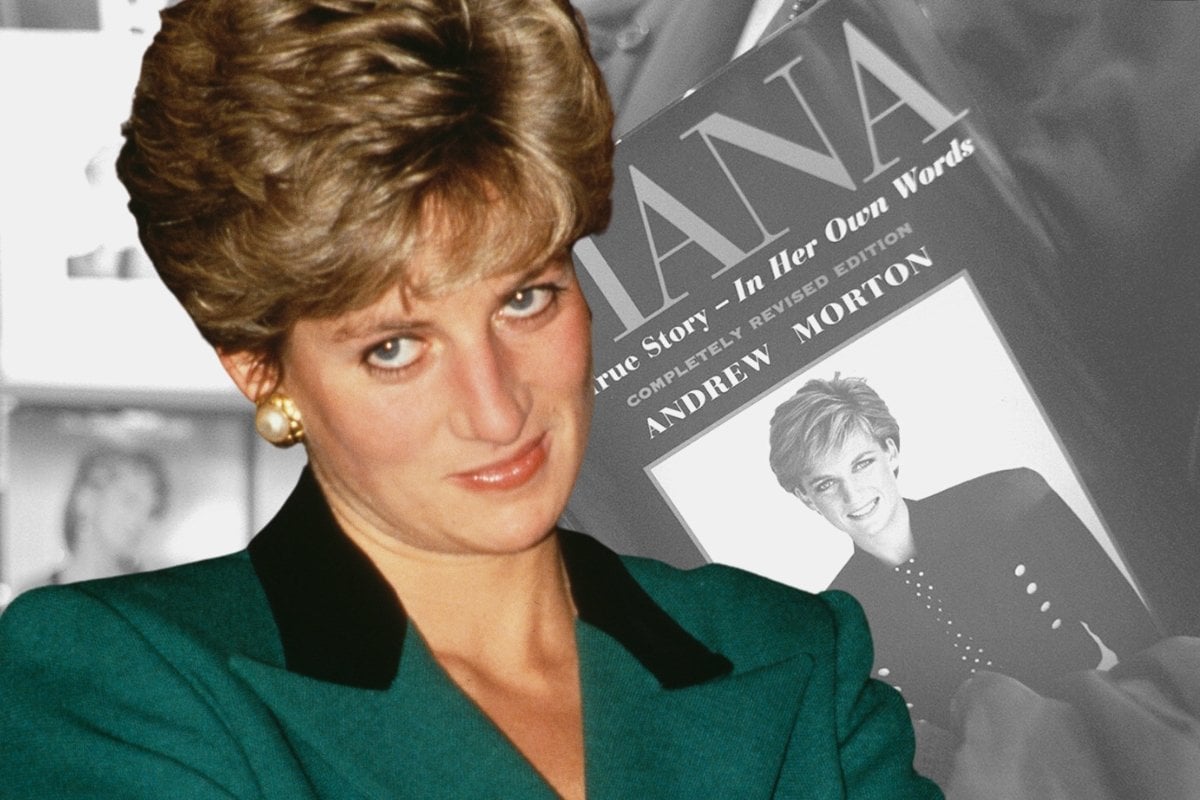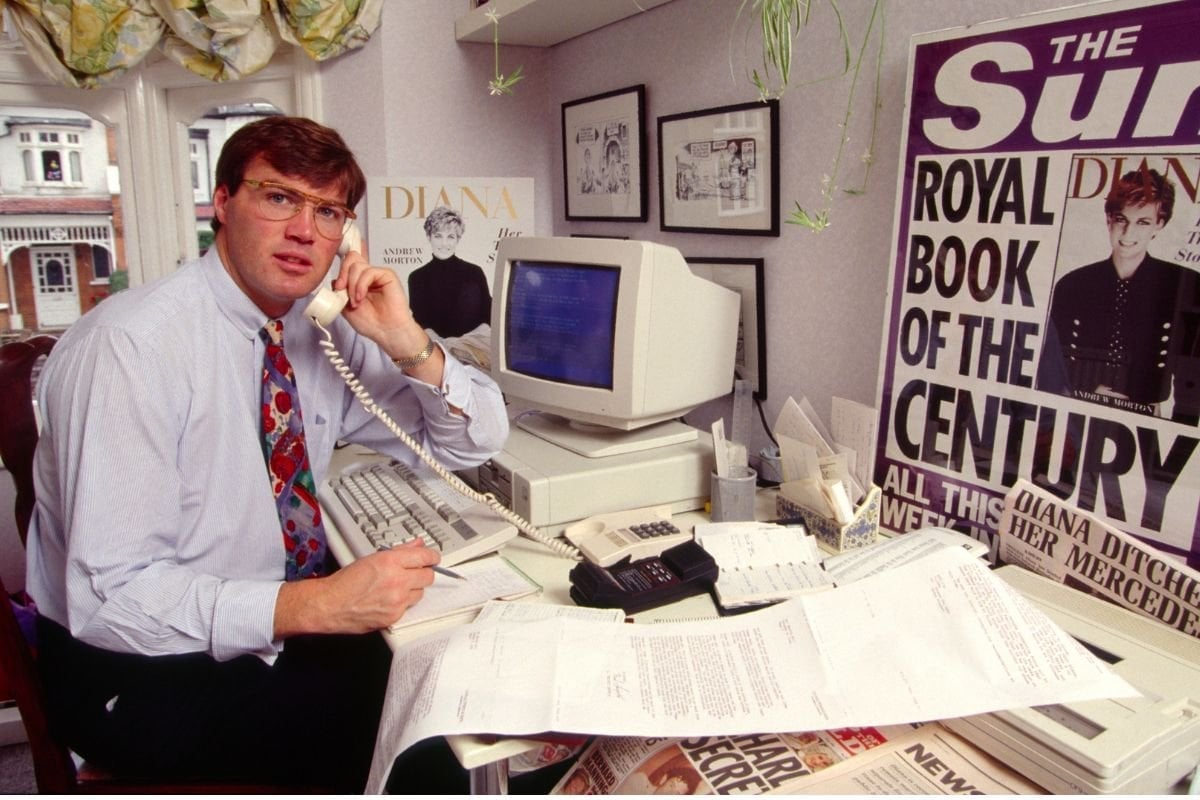
Content warning: The following contains discussion of self harm and eating disorders.
In May 1991, Dr James Colthurst cycled up the path to Kensington Palace. By the time he left, he was carrying the beginning of a story that would be read by millions, change the shape of multiple relationships and cast a shadow over the British Royal Family.
It was the story of Diana, Princess of Wales. Told, for the first time, in her own words.
The true story behind The Crown's secret Diana tapes.
As captured in season five of Netflix series The Crown, in the early 1990s, Princess Diana worked with British journalist Andrew Morton on what he later described as an "authorised unauthorised biography".
It began without her cooperation, as a tell-all that leant on friends and acquaintances of the Princess for insight. Many of these sources expressed concern that the woman behind the famous bashful smile was deeply lonely and unhappy.
They were right. Diana was feeling utterly imprisoned by her marriage, by duty, by the false fairytale being sold to the public. Through Morton's book she saw a way to liberate herself, to — in his words — "tell the world the truth about her life, the distress she felt, and the ambitions she nurtured.

